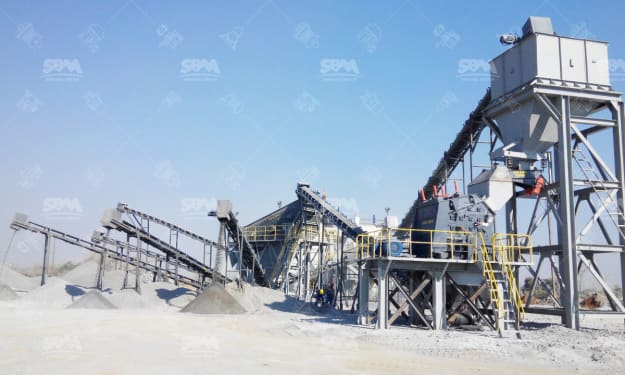
Environmental concerns could be a driving force behind the development of asteroid mining. While the idea may seem like something out of a science fiction story, advancements in low-cost launch options have made it increasingly feasible to extract resources from space rocks. Not only could this contribute to economic savings, but it could also promote the adoption of cleaner environmental practices and technologies here on Earth.
Dr. Maxwell Fleming and a team of researchers from the Colorado School of Mines, along with Martin Stuermer from the International Monetary Fund, recently conducted a study to explore the potential of asteroid mining. They examined various factors, including the decreasing costs of space launches, and considered the possibility of mining asteroids or even the Moon.
Their analysis focused on cost savings and investment dynamics related to transitioning from Earth-based mining to space-based mining. Utilizing a Ramsay growth model, they outlined a consistent economic growth rate encompassing labor, capital, and technology. In the context of space mining, labor would largely be carried out by robots, while investment capital would likely not pose significant challenges. However, the development of suitable technology does present certain obstacles.
Upon evaluating the costs associated with mining on Earth, both from an economic and environmental standpoint, the researchers determined that transitioning mining operations to space could support the continued growth of metal use on Earth while simultaneously limiting environmental and social costs. They concluded that establishing an upper limit on the environmental and social costs on Earth would incentivize investments in research and development for space mining.
Traditional mining on Earth, which has been in existence for a considerable amount of time, was once a relatively inexpensive method of extracting ores from the ground. Miners would excavate ore and send it to market. In modern times, automation has been integrated into mining processes, supplementing human labor. However, the cost of mineral extraction has surged by 60 times over the past century, and mining activities have become increasingly environmentally destructive.
Many minerals in use today are vital for clean energy technologies required for efficient transportation, communication, and other aspects of modern life. The availability of copper, cobalt, nickel, zinc, silver, and other resources is crucial for a successful transition to clean energy. The rising costs and depletion of these resources pose challenges for the clean energy transition, and the environmental consequences of terrestrial mining cannot be ignored.
Considering these issues, attention has turned towards space-based resources, specifically asteroids and potentially the Moon. Asteroids, in particular, present a promising target due to their abundance of various ores. However, numerous challenges must be overcome to access these ores. Miners would need to reach the asteroids or develop robotic mining operations capable of functioning in the unforgiving space environment. Subsequently, the extracted ore would need to be transported back to Earth for refining and integration into clean technologies. In the long run, this could stimulate economic growth on our home planet.
Setting aside the questions of who would benefit and whether concerns regarding environmental damage to asteroids and near-Earth space are warranted, asteroid mining poses an intriguing and potentially profitable undertaking. However, one key challenge revolves around determining which asteroids are rich in valuable ores. While scientists possess a substantial understanding of these remnants from the creation of the Solar System, there is still much to learn. For instance, although asteroid samples indicate higher abundance of certain minerals compared to Earth, the exact quantities remain unknown.





Comments
There are no comments for this story
Be the first to respond and start the conversation.